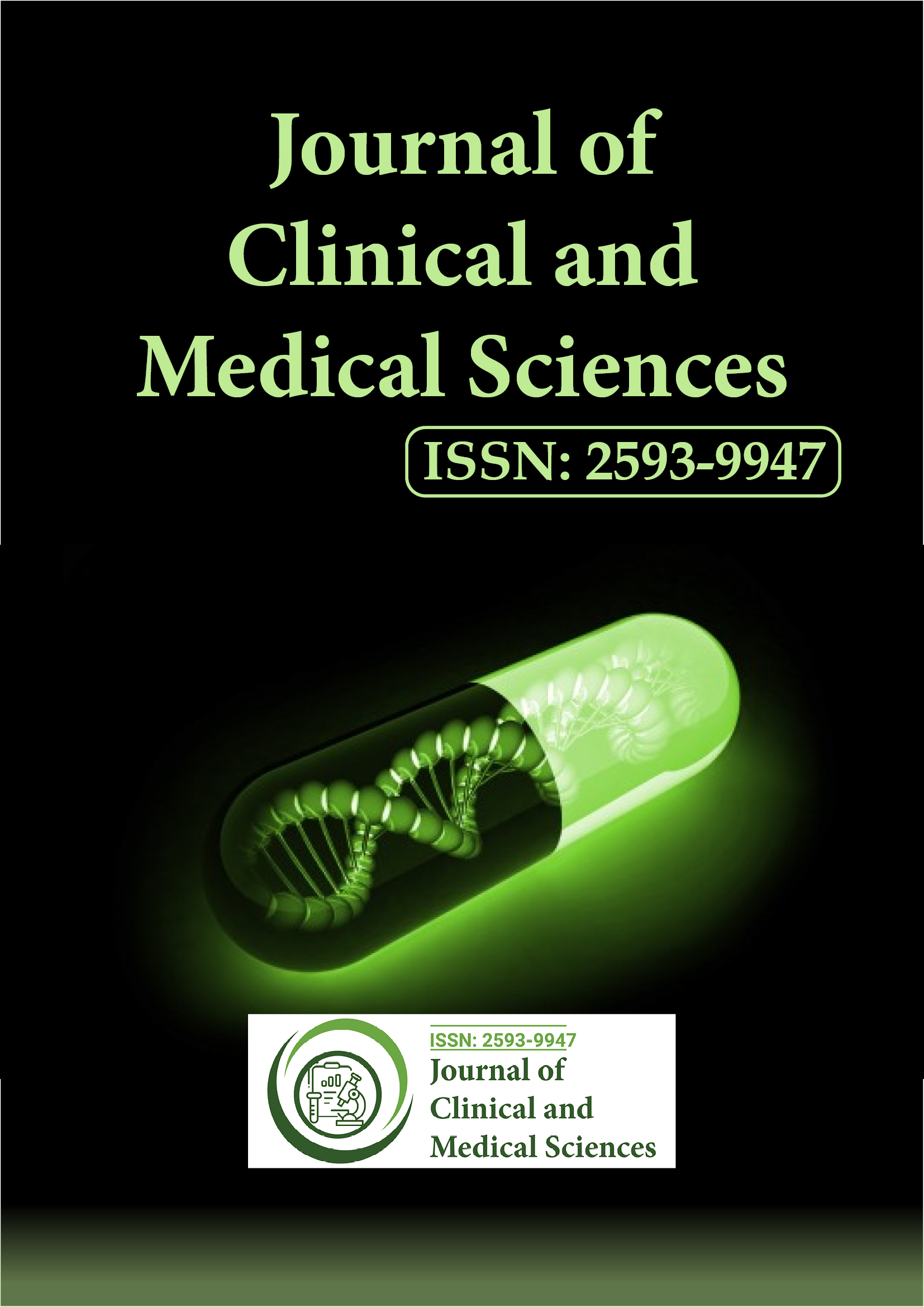Indexed In
- Euro Pub
- Google Scholar
Useful Links
Share This Page
Journal Flyer

Open Access Journals
- Agri and Aquaculture
- Biochemistry
- Bioinformatics & Systems Biology
- Business & Management
- Chemistry
- Clinical Sciences
- Engineering
- Food & Nutrition
- General Science
- Genetics & Molecular Biology
- Immunology & Microbiology
- Medical Sciences
- Neuroscience & Psychology
- Nursing & Health Care
- Pharmaceutical Sciences
Abstract
Influence of follicular fluid metals on female sexual hormones
Jorge Gómez-Rodríguez, Rubí Rodríguez-Díaz*, Raquel Blanes-Zamora, Soraya Paz-Montelongo, Samuel Alejando Vega, Jonay González-Pérez, Ángel J. Gutiérrez, Carmen Rubio, Arturo Hardisson and Enrique González-Dávila
There are chemicals, such as metals, that act as disruptors in the ovarian follicle. This study examines the impact of microelement, macroelement and heavy metals, in Follicular Fluid (FF) on female sex hormones in women undergoing assisted reproduction treatments in the Canary Islands. The research aims to better understand the relationship between metals and female reproductive function, focusing on how these elements impact hormone levels. The content of twenty metals (Al, B, Ba, Ca, Cd, Co, Cr, Cu, K, Fe, Li, Mg, Mn, Mo, Na, Ni, Pb, Sr, V and Zn) were measured in the FF of 63 participants using ICP-OES (inductively coupled plasma optical emission spectrometry). Serum levels of AMH, FSH, LH and estradiol (E2) were determined to assess hormone levels. A direct relationship of FSH with Mn (p=0.040) and close to significance with Fe (p=0.081) was obtained. LH was related to Sr (p=0.020) and with Mg (p=0.042) and was close to significance with K (p=0.083) and Na (p=0.086). An inverse relationship was identified between E2 and K (p=0.003), Ca (p=0.023) and Na (p=0.016). Fe levels were significantly lower in the low AMH group (≤ 1.1 ng/mL) (p<0.044). Ca (p<0.002) and Na (p<0.002) were significantly higher in the low AMH group, while K showed a non-significant trend. Low AMH is associated to older age and a trend toward higher BMI. Understanding metal effects on hormones could have significant implications for reproductive health.
Published Date: 2025-03-31; Received Date: 2025-02-28
